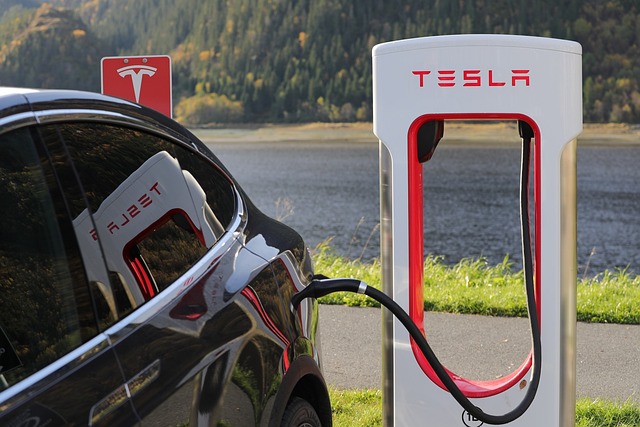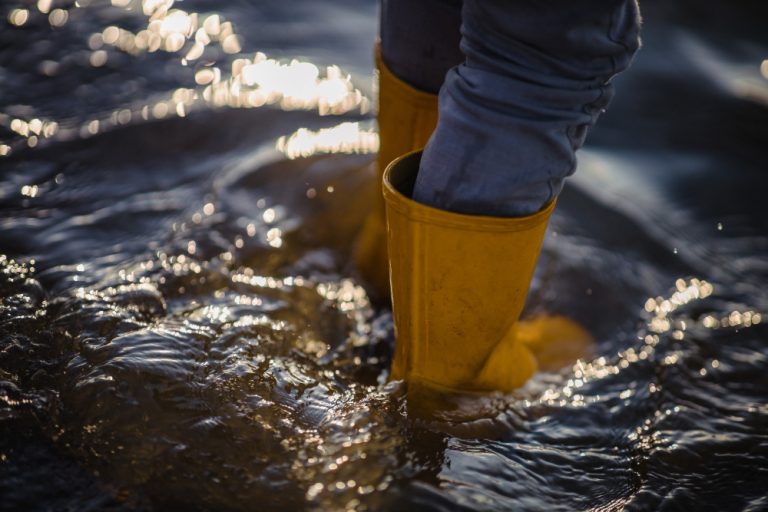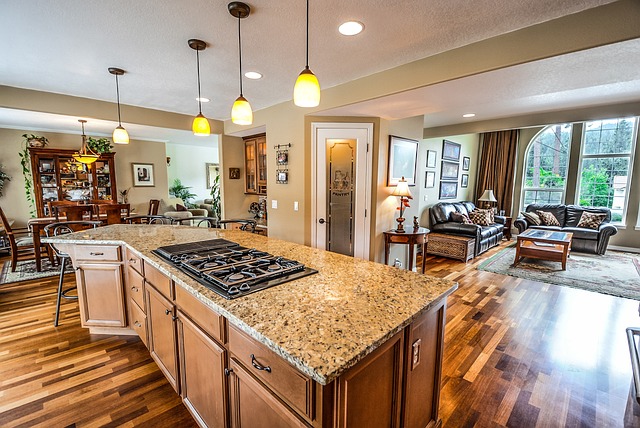Heating oil tanks can be essential for any rural or country residences, particularly if you are living in a remote location with a lack of access to a natural gas pipeline.
However, first-time oil tank buyers can become confused by the variety of different heating oil tanks and their characteristics. How does a single-skinned tank differ from an integrally-bundled tank? And how do both of these tanks compare to underground tanks?
Having answers to these questions is crucial for making an informed choice when purchasing a suitable heating oil tank. In this article, we are detailing the key differences between three different types of tanks and outline their benefits to country residences.
What Are the Commonalities Between the Different Heating Oil Tanks?
Ultimately, all the different types of heating oil tanks operate using a similar principle, namely burning oil. Single-skinned, integrally-bundled and underground tanks, therefore, all need regular re-fillings of low-sulfur heating oil. Benefitting country residences, heating oil tanks can be installed just about anywhere and do not require any connections to natural gas pipelines. As a result, installing a tank means receiving clean and reliable heating even in the most remote of locations.
Regardless of their type, heating oil tanks are incredibly safe. Using low-sulfur oil means that the burn process produces no harmful chemicals. Oil itself only burns under very high temperatures, meaning that there is no risk of spontaneous combustion.
In short, heating oil systems represent an efficient and safe means of making sure your country residence stays warm all year round.
What Are the Advantages of Single-Skinned Tanks?
While modern oil tanks are incredibly reliable, avoiding oil leaks is still the number one concern for any heating tank owners.
In a single-skinned tank, there exists only one layer protecting the outside environment against the contents of the tank. This means that, if a leak occurs, it will be impossible to avoid at least some degree of pollution even if the leak is quickly detected and repaired.
This, however, does not mean that single-skinned tanks do not have their advantages. First, such tanks, in general, are cheaper in comparison to other tank types. If you have a strict budget for maintaining your country residence, a single-skinned system may be just the thing.
The oil leak risk can be completely nullified by placing a single-skinned tank in a protective bund which is typically made out of masonry or reinforced concrete. Benefitting country residences, such solutions are reliable and compact, leaving space for gardens and additional housing.
When planning to buy a single-skinned tank, it would be prudent to check the relevant regulations affecting your living area. In the majority of cases, single-skinned tanks cannot be installed close to environmental hazards. It may also be prohibited to install single-skinned tanks within a certain distance of rivers or other sources of controlled water.
Regardless, single-skinned tanks represent an effective and cheap solution for people who are just starting out.
How Do Integrally-Bunded Tanks Benefit Country Residences?
As indicated by their name, integrally-bunded tanks already include a protective bund that completely eliminates all risks of oil leaks. This is ensured by the fact that bunds can typically hold at least 110% of the capacity of the actual internal tank.
Although integrally-bunded tanks are more expensive compared to single-skinned tanks, the added layer of protection is a huge benefit. With integrally-bunded tasks, instead of worrying about potential oil leaks, you will be able to focus on gardening, sightseeing, landscaping and other valuable activities. Family run business Tanks for Everything, an established provider of liquid storage tanks also note that fireproof bunded tanks “can prevent the need for a fire screen wall”.
Furthermore, integrally-bunded tanks are usually more compact than single-skinned tanks surrounded by reinforced concrete. As a result, more space could be allocated to the residence itself compared to a single-skinned system.
As integrally-bunded tanks are incredibly safe, there are few restrictions on where they can be installed. Subsequently, even if you are living close to rivers or other sources of water, or are located near certain environmental hazards, you will still be able to enjoy the heating provided by an integrally-bunded system.
When buying an integrally-bunded tank, keep a close eye on the bund material. In general, plastic is easier to maintain and less prone to rust compared to steel. In contrast, steel bunds pose a lower risk of thieves forcefully opening your oil tank.
Are Underground Tanks Worth It?
In some cases, if you want to keep the aesthetics of your country residence undisturbed, you may want to install a heating tank underground.
Such a decision, however, poses its own risks. Heating tanks placed underground could be difficult to maintain. In addition, if leaks occur, it would be impossible to detect them visually, presenting a risk to owners and the environment.
















+ There are no comments
Add yours